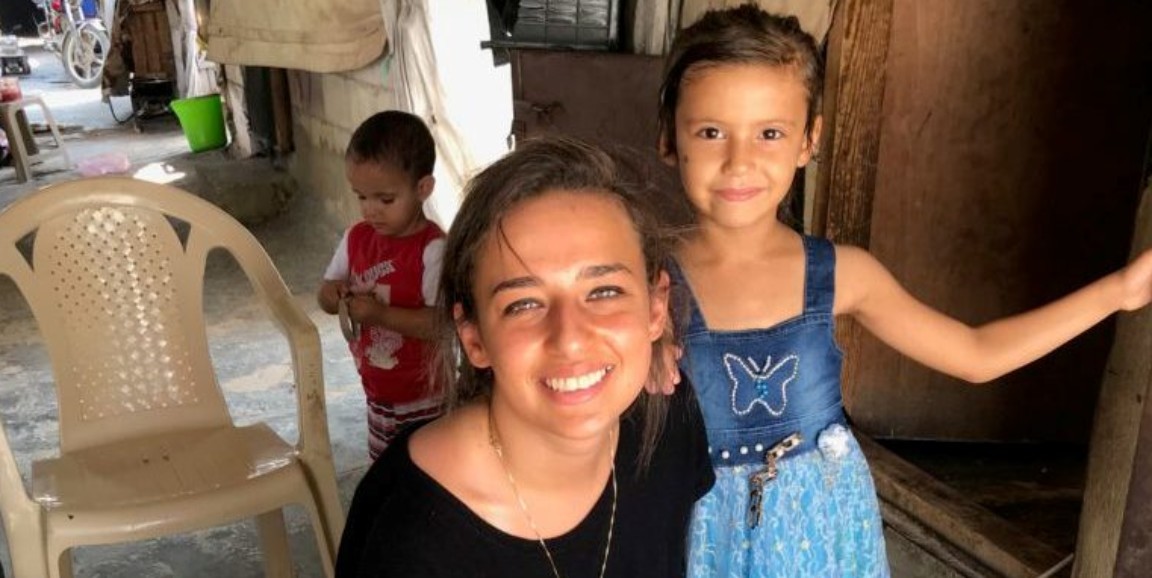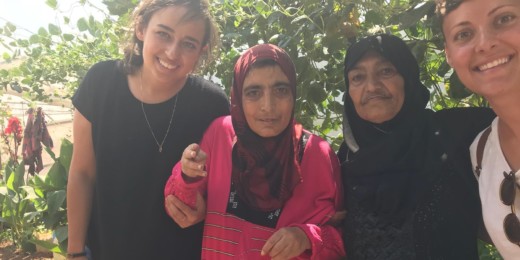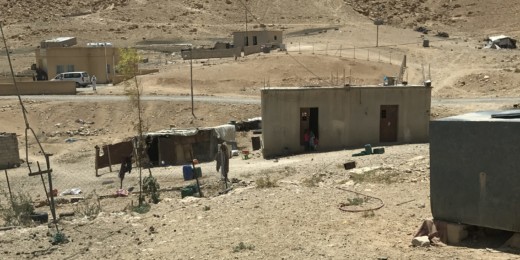I am physically back at my desk at the Stanford Center for Innovation in Global Health, but my heart and thoughts remain with the refugees residing near the border of Syria.
Walking across campus, I think of Hayat’s mother, Jamila, whose story I shared in my last post. Despite spending every day taking care of Hayat, who witnessed the burning and killing of her children and suffered a traumatic brain injury, Jamila remains committed to ensuring everyone else around her is doing well.
During our last conversation, she interrupted my question about Hayat’s access to a psychiatrist: “You’ve helped me take care of Hayat. We’re both doing the best we can to take care of her, but I also care about you. Tell me, truly, how is your family?”
Days later and thousands of miles away, I remain astounded by Jamila’s capacity to genuinely inquire, listen, and care about the well-being of others, despite having to cope with adversities every day.
I've also been thinking about Lamees, a 7-year-old Syrian refugee child who hopes to become a pediatrician. Competitive in nature, Lamees is learning French independently and she eagerly shared a song with me that she had learned. When asked why she is learning French, she said: “The more languages I learn, the more people I can help in the future.”
When I went desperately looking for Lamees in the informal tented settlement community (I had met her on a previous trip), worried she might have left to go back to Syria, I ran into her father who insisted he buy me some juice while we waited for Lamees to get dressed. Even now, back at Stanford, I remain overwhelmed by Lamees’ father’s generosity. The juice he insisted on buying cost roughly $1.00, half of the total income he made that day. Buying me juice meant less food for his family.
Today, I thought of Ahmad, the leader of the refugee community where Jamila, Hayat, and Lamees live. In his mid-forties, Ahmad cannot return to Syria, as he says he is wanted by the government for reasons he does not entirely understand.
He says the government sought to punish him by exacting revenge on his mother. “They cut off both of her legs after she wouldn’t disclose my location. I worked relentlessly to bring her here to Lebanon to stay with me, and I finally succeeded a few months ago. Last month, she died right there,” he said, pointing to his tent.
On the verge of tears, Ahmad stopped, breathed in, and said: “But I am still grateful for everything. I am blessed. Now let me take you to some families who could really use your help.” As I return to my daily routine here, I can't stop reflecting on Ahmad’s ability to remain focused on alleviating his community’s collective pain, rather than remaining immersed in his own grief.
Jamila, Hayat, Lamees, and Ahmad are at the heart of the Stanford Refugee Research Project and, broadly, the commitment Stanford University made to help with the overwhelming, worsening global displacement crisis. We are committed to leverage our resources to help refugees. We are committed to recognize our shared humanity and to vow to do better by each other.
Along with partners on the ground in the Middle East, our team at Stanford plans to facilitate more opportunities for Stanford students, faculty, and staff to get involved directly and to help empower refugees in the next few months. Updates will be available on our website.
Laila Soudi is the project lead for the Stanford Refugee Research Project. Originally from Syria, Laila has been working with refugee populations across Europe and the Middle East. This piece is part of a series called "Life on the border" on her trip to the Jordan-Syria and Lebanon-Syria borders.
Photo courtesy of Laila Soudi






